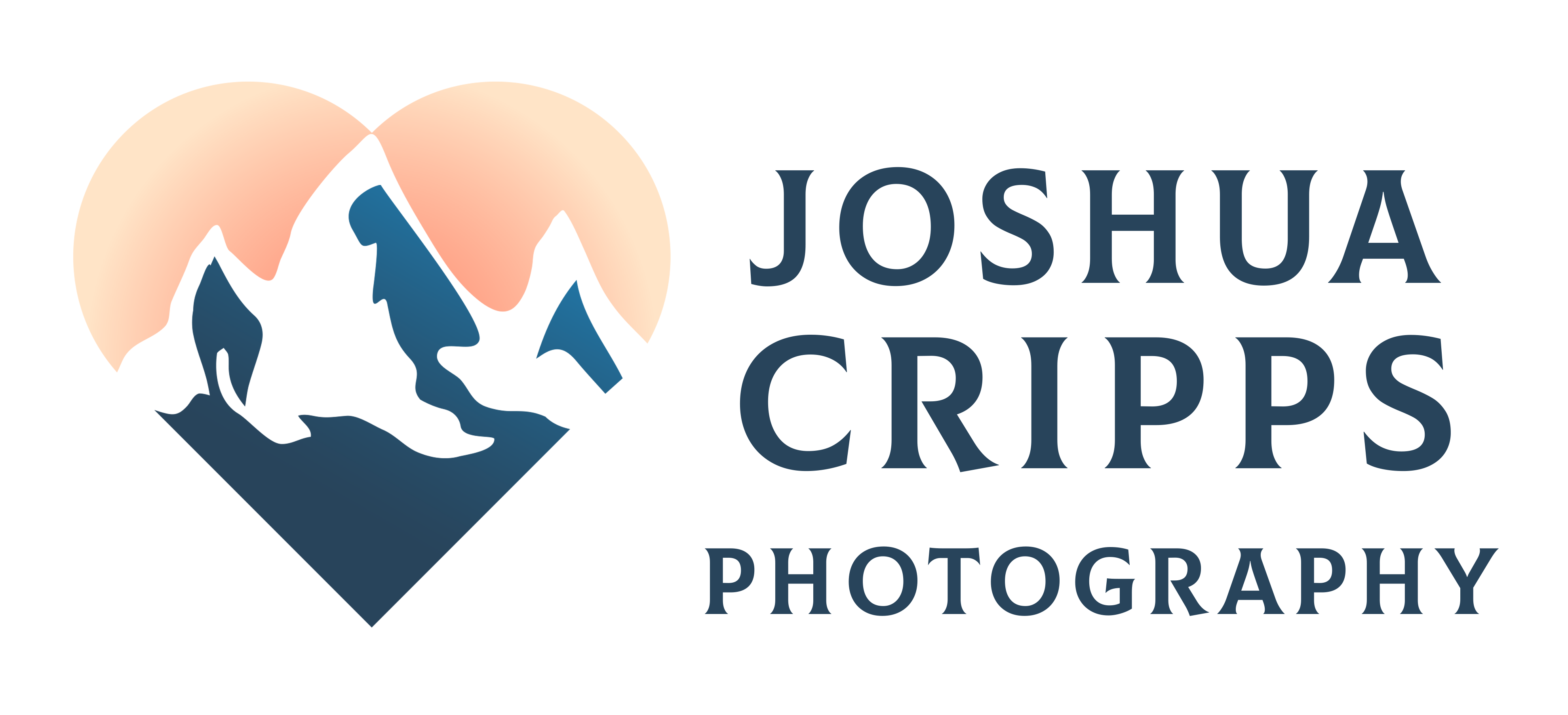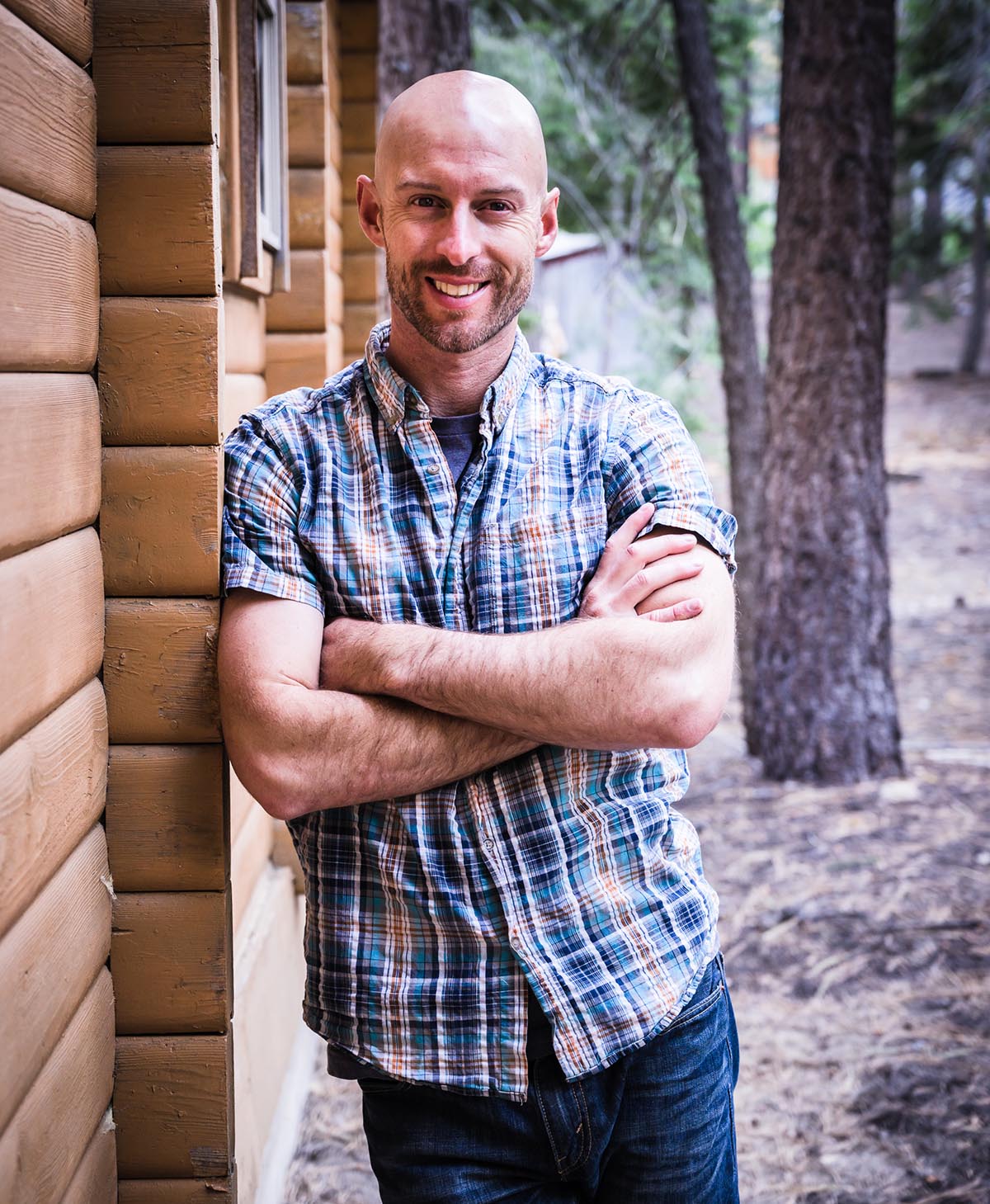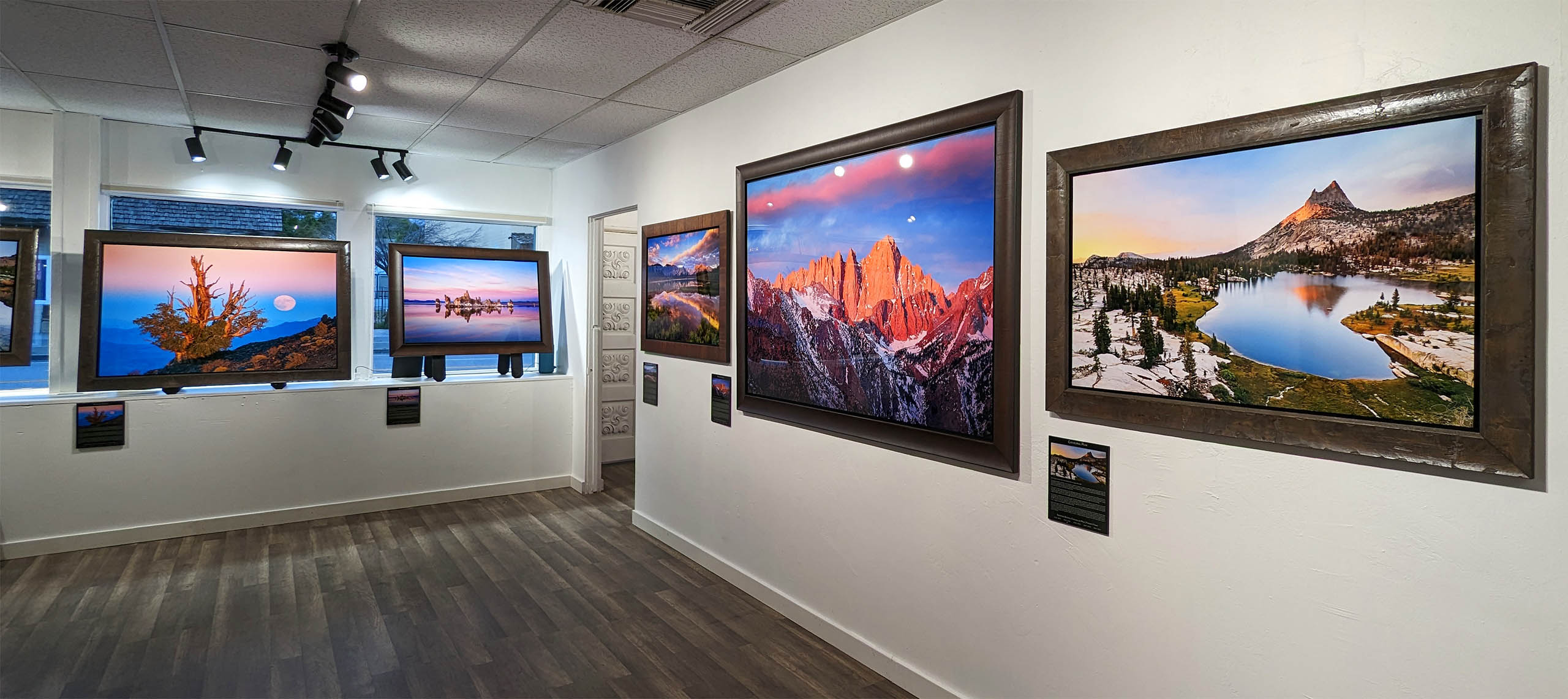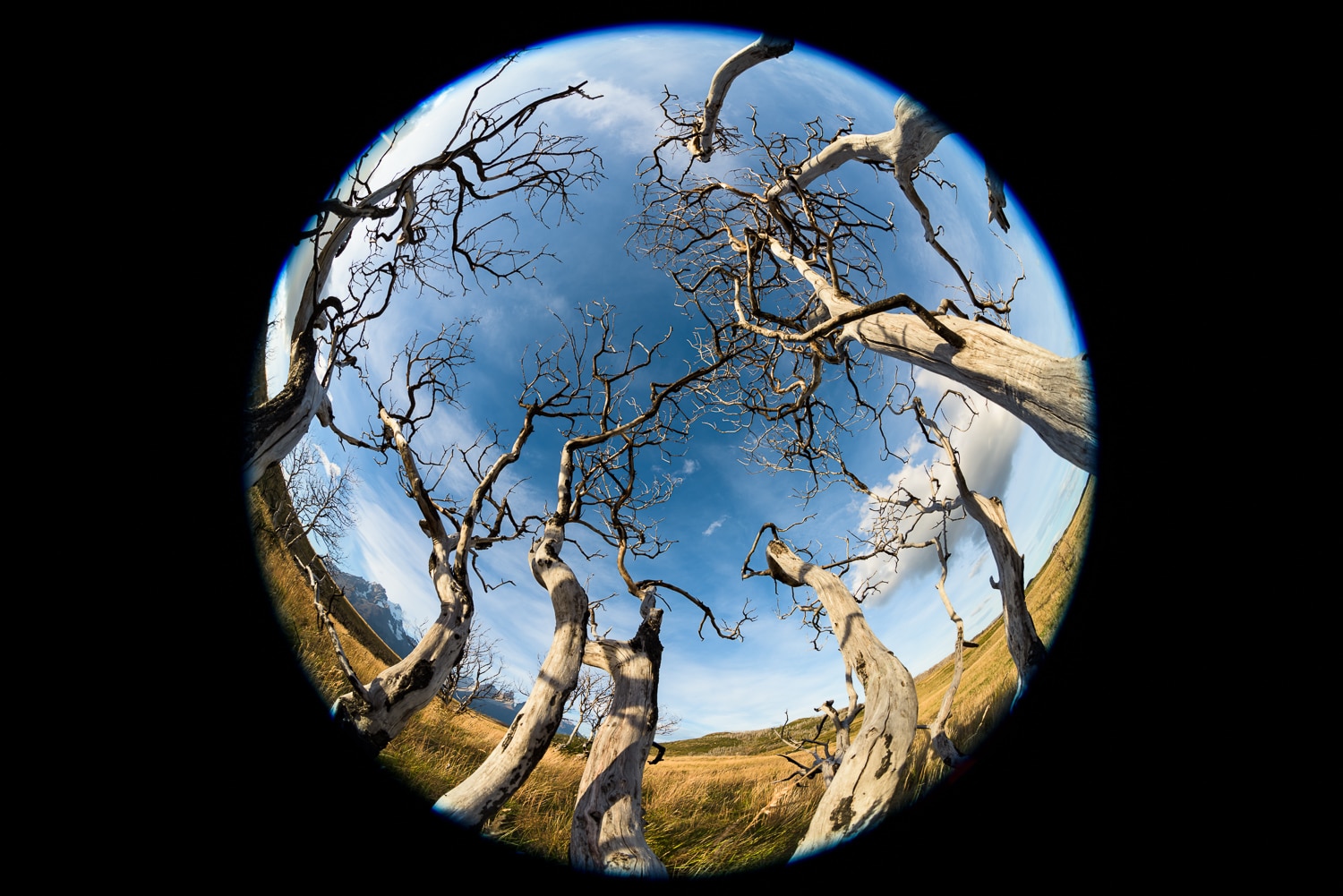
Today Nikon announced the release of the brand new AF-S Fisheye NIKKOR 8-15mm f/3.5-4.5E ED lens. I’m excited to say that I had the honor and privilege of once again working with Nikon to create images for the launch of this lens. This was an incredible shoot to be a part of as it took […]
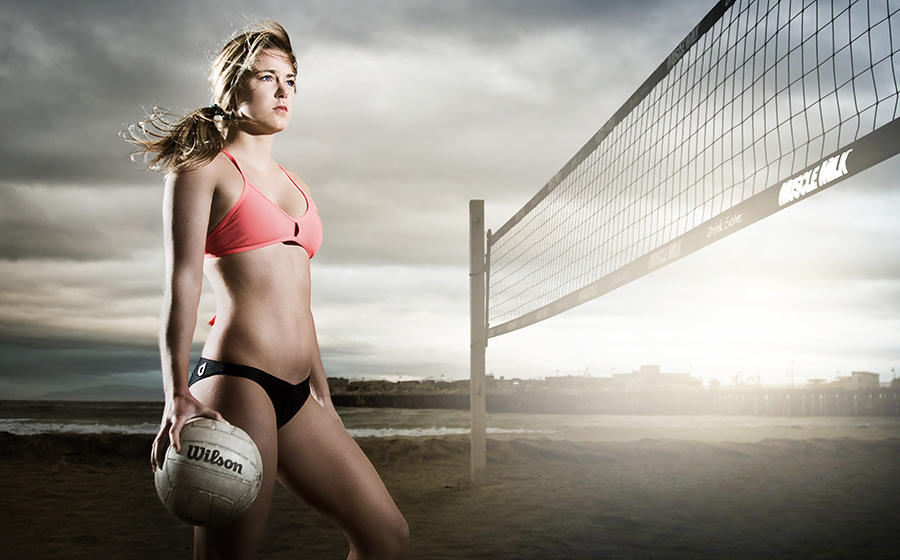
The funny thing is, she isn’t even a volleyball player. A self-described “child of the water,” Kaila told me she loved everything having to do with the sea: swimming, surfing, and SUPing. But volleyball? Not her bag. But when a tall, beautiful, athletic blonde volunteers to pose on the beach for you in December, you […]
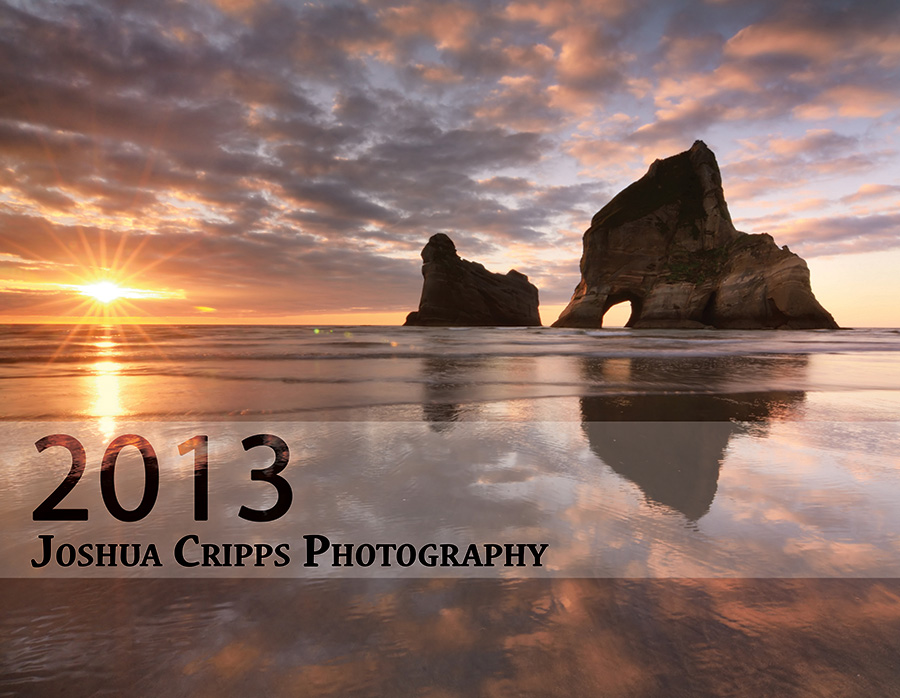
A handful of 2013 calendars are still available. The remaining calendars’ covers were scratched slightly during transit so they are being offered at a deep discount. [one_half] Single Calendars $6 each $3.95 shipping (US only) Shipping Calendar + Domestic Shipping $9.95 USD [/one_half] [one_half_last] Bulk Calendars $6 each $11 flat rate shipping Number of Calendars […]
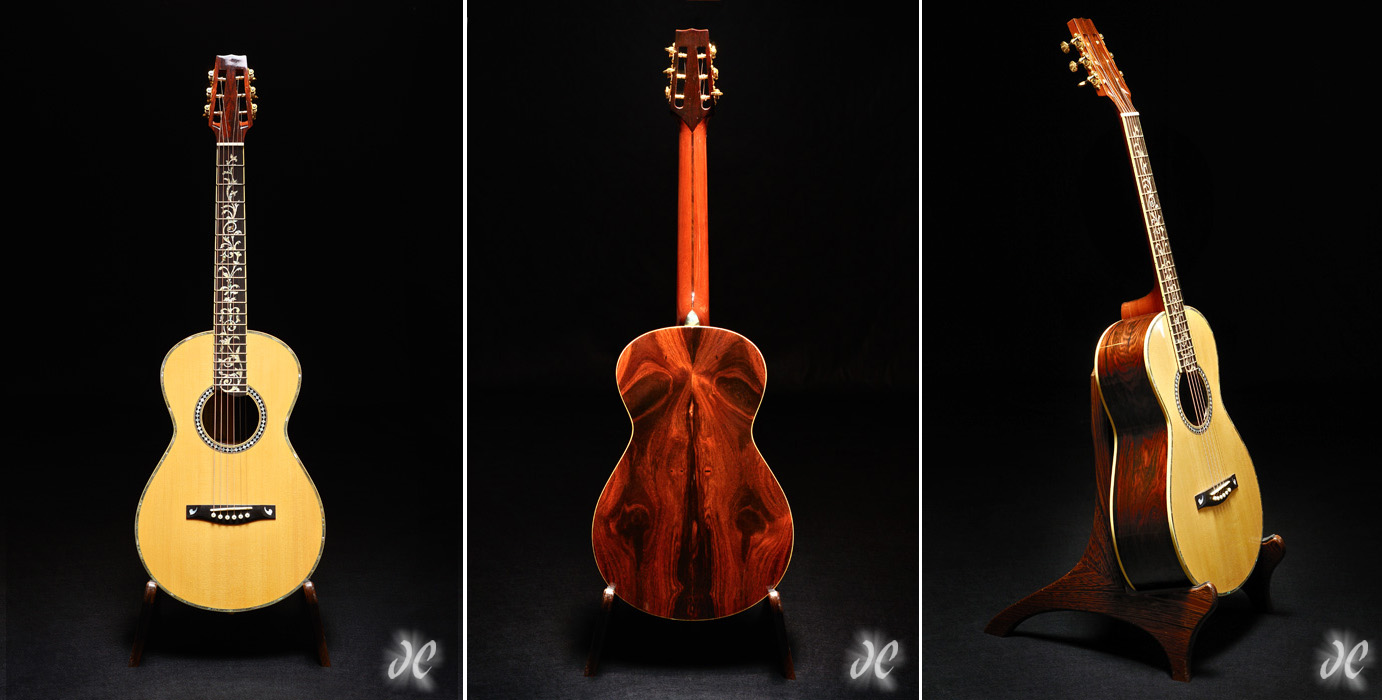
I’m undertaking an exciting new commercial project with my friend Diego Tabango to photograph film composer Mark Mancina’s astounding collection of beautiful hand-made guitars. Diego and I will be spending three days at Mark’s recording studio in Carmel, California in order to shoot an initial 20 guitars. This is looking to be a very fun, […]

